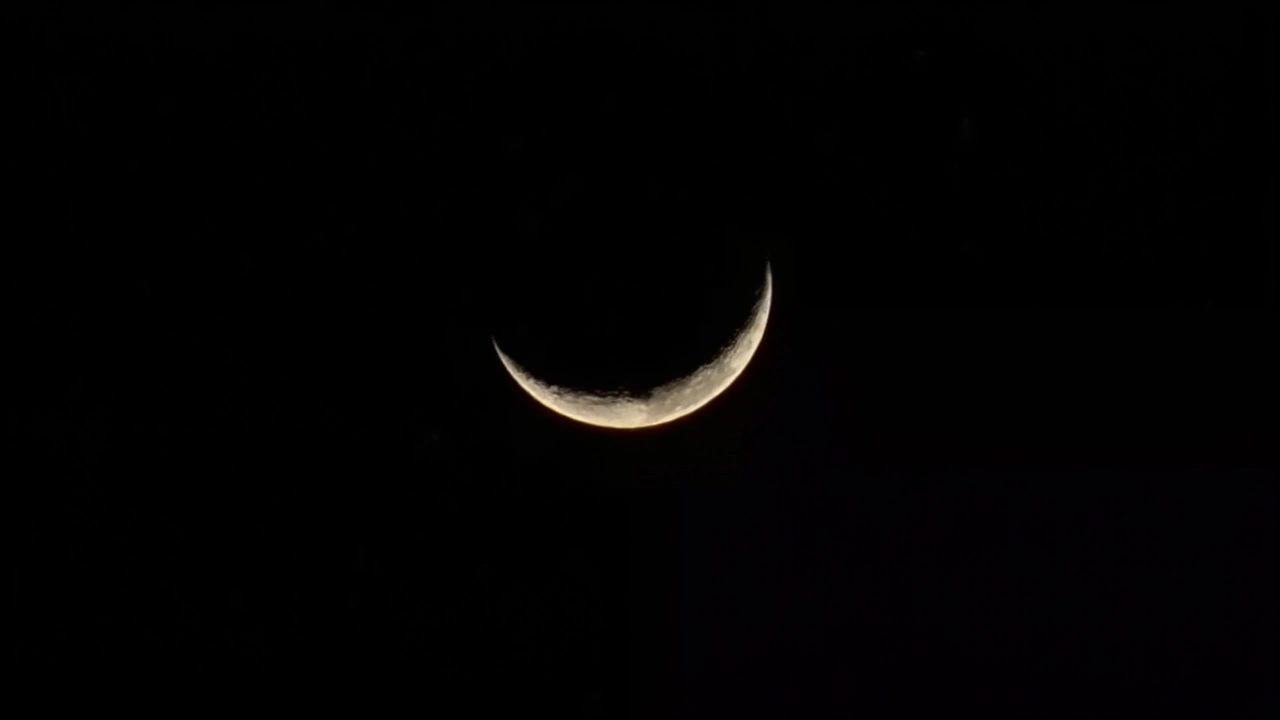The Importance of Moon Sighting for Eid al-Fitr
Marking the end of the sacred month of Ramadan, Eid al-Fitr doesn't just happen on a set date every year. Instead, it unfolds with the sighting of the new crescent moon, an event surrounded by both spiritual and scientific intrigue. This celestial occurrence transforms the night sky, indicating the commencement of celebrations and prayers among Muslims around the globe. But how exactly is this tiny sliver of the moon detected amid the vastness of the evening sky?
Let’s break it down. Observers generally look westward after sunset, searching for that faint arc of light that heralds the new lunar month. This isn't a simple task; certain conditions must be met to ensure the sighting is made with accuracy. The sun must have dipped below the horizon, while the moon remains visible above it. This positioning allows for the moon's slight glow to appear against the twilight sky. Notably, the angle of separation between the sun and moon, often known as the Danjon Limit, should hover around 5 to 7 degrees — about the width of three fingers held at arm's length. This ensures the crescent is tangible.

Upcoming Eid Dates in 2025 and Diverse Methods
For 2025, Saudi Arabia and the UAE are gearing up to sight the moon on March 29, paving the way for Eid al-Fitr on roughly March 31 or April 1. Neighboring countries like India and regions across South Asia may witness the festivity around similar dates, the timing being heavily reliant on regional visibility conditions.
How do different regions set these dates? Well, there are two main camps: those leaning toward astronomical calculations and those sworn to classic observational methods. The astronomical approach taps into robust calculations, considering factors like the moon’s elongation (needing to be at least 8 degrees from the sun) and its height above the horizon. Regions like North America's Fiqh Council often adopt this methodology.
On the flip side, traditionalists are more hands-on, sticking to physical moon sightings. Here, recognized witnesses—sane, adult Muslims—must see the moon with their own eyes and articulate their testimony using the phrase, “I testify.” This emphasis on local visibility often results in variances seen between countries, despite the broader consensus established by calculations.
Several scientific aspects contribute to the sighting complexities too. Earthshine, for instance, plays a part. Think of it as nature's halo; sunlight reflects off Earth, illuminating the moon’s shadowed side and enhancing visibility. Meanwhile, the moon’s position shifts seasonally, influenced by Earth’s axial tilt and lunar precession, adding another layer of complexity to when and how we might catch a glimpse of this lunar signal.
Lastly, regional variations come into play. Depending on where you stand on Earth, the crescent can shape up as a conventional “C” or twist into a backwards “C.” This curious aspect leads to the potential for mixed dates globally, as different nations navigate their unique skyward paths either through advanced mathematics or the ancient art of direct sighting.
